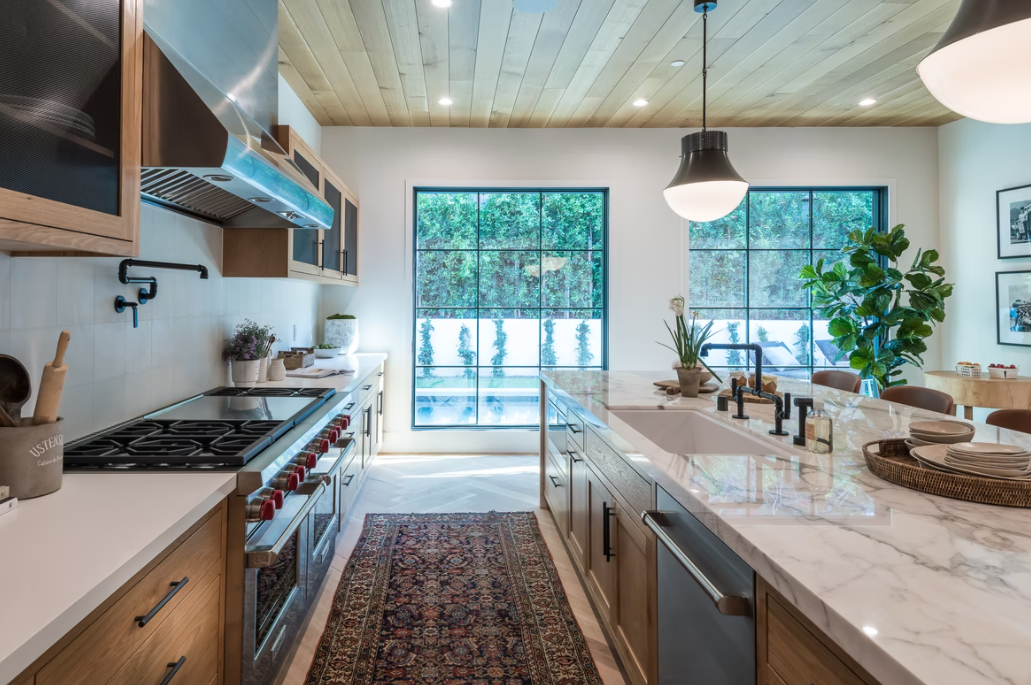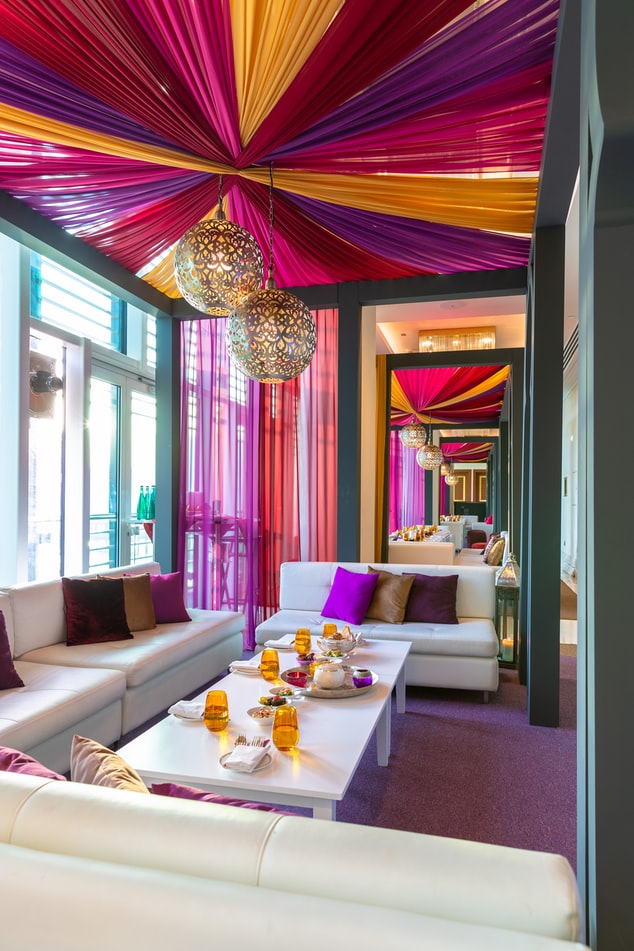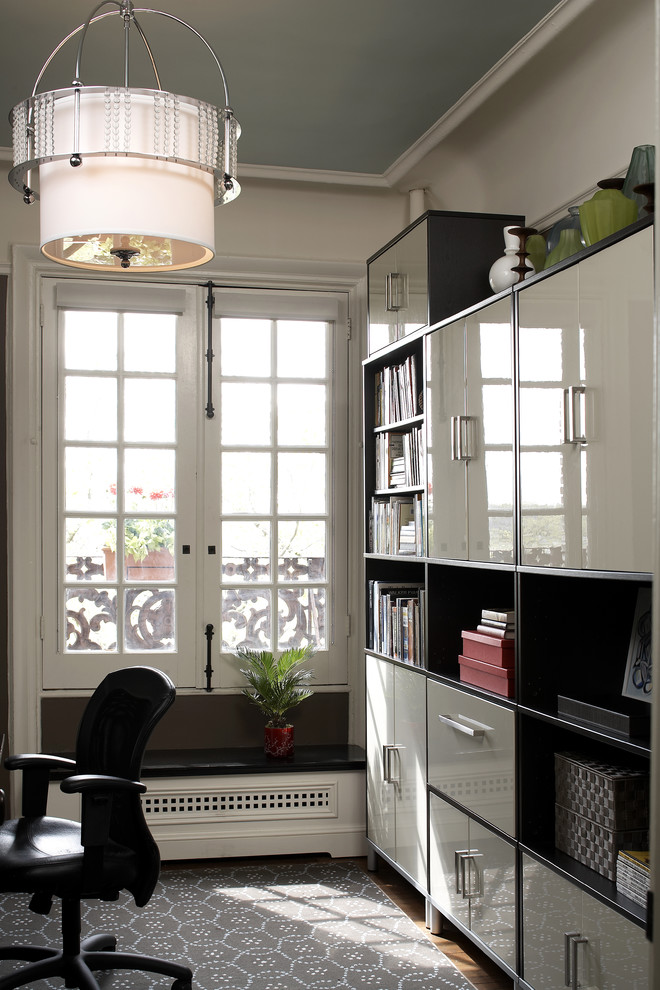A Guide to Home Decor: Tips from Interior Designers

Decorating your home can be both an exciting and daunting task! Here are some tips from the interior design pros!

Whether you’re moving into a new space or looking to freshen up your current one, there are countless decisions to make regarding style, colour, furniture, and accessories. Here’s a comprehensive guide to home decor that will help you create a space that’s stylish, functional, and uniquely yours.
Understanding Your Personal Style
Before buying furniture or choosing paint colours, it’s crucial to understand your style. Interior designers recommend taking the time to explore different design styles and identifying what resonates with you. Some popular styles include:
- Minimalistic/Modern: a minimalist design aesthetic typically characterised by clean lines, minimal ornamentation, a neutral colour palette, and the use of natural materials.
- Rustic: Rustic interior design embodies a natural, rugged, aged, and relaxed style. This broad category includes various interpretations such as Tuscan, coastal, cottage, and modern rustic.
Bohemian: Boho, for short, is a style that embraces a relaxed, eclectic, and unconventional approach to decorating spaces. It draws inspiration from various cultures and eras, creating a vibrant and laid-back atmosphere.
Traditional: Traditional interior design refers to a style that reflects classic European decor from the 18th and 19th centuries.
Art Deco/Glamorous: Glamorous or Art Deco interior design is a style that emerged in the early 20th century, particularly flourishing in the 1920s and 1930s.
Industrial: Industrial interior design draws inspiration from old factories and industrial spaces. It emphasises raw, unfinished elements and a utilitarian aesthetic.
A great way to envision your dream room is to gain ideas via mood board websites. This can help you stay focused and consistent as you decorate your home.

How to Add Personality and Character
Your home should reflect your personality and taste. Interior designers emphasise the importance of personal touches to make your space truly yours.
Effective space planning is crucial to ensure your room is both functional and aesthetically pleasing. Knowing the dimensions of your room helps you choose appropriately sized furniture and avoid overcrowding. You could try creating a floor plan using online tools or graph paper to sketch your idea. Experiment with different furniture arrangements to see what works best. And make sure there’s enough space to move around comfortably. Avoid placing furniture and other items in pathways or obstructing doorways to keep the flow consistent.
Don’t be afraid to mix different styles, furniture and accessories, materials, and finishes. There are many options to implement any of these key details to make your living space uniquely tailored to you.
- Artwork and Decor: Display artwork such as prints, framed canvas wall art, photographs, and decor items that have personal meaning to you. This can be anything from personal mementoes or family photos—souvenirs from your travels.
- Textured Textiles and Fabrics: Adding furnishings such as decorative window curtains and blinds, fabric storage boxes, tablecloths and even placemats and coasters can uplift a plain room with fun character personalisation.
- Books and Collections: Showcase your interests by displaying your favourite books and collections of your favourite hobbies. This adds character and tells a story about who you are.
- Plants and Greenery: Bring life into your space with plants and flowers. They not only add colour and texture but also improve air quality.
- Pillows and Throws: Use pillows and throws to add colour, texture, and comfort to your seating areas and beds.
- Rugs: Choose rugs that define your space and add warmth. Ensure they are the right size for your furniture arrangement.
- Mirrors: Use mirrors to reflect light and create the illusion of more space. They can also serve as decorative focal points.
Overdoing it with too many decorations and patterns can cause clashing and perhaps create an overwhelming space. A few well-chosen pieces can have a greater impact than a cluttered collection.
Choosing a Colour Palette
The colour palette you choose will set the tone for your entire space. Interior designers recommend starting with a neutral base and adding pops of colour through accessories and accents.
- Neutral Bases: Colours like white, brown, beige, grey, and taupe provide a versatile foundation that can easily be updated with different accents.
- Accent Colours: Choose two or three accent colours to add personality and interest to your space. Use primary colours such as hints of blue, red, yellow or even secondary colours like pink, purple, orange and or green for some depth, depending on the style of interior you are going for. These can be incorporated through pillows, rugs, artwork, and other accessories.
- Colour Harmony: Ensure your colours complement each other and create a harmonious look. Use a colour chart to find complementary and analogous colours.
Test paint colours or use colour chart leaflets on your walls to get an idea of what colour you want to use before committing. Sometimes, colours can look different in various lighting conditions, so seeing them in your spaces under different lighting is important.
Creating a Cohesive Look
A cohesive look is essential for a well-designed home. Take a step back and view your home as a whole to ensure that all the elements work together. Not every colour, accessory and textile will collaborate well; it takes trial and error to determine which decor will complement others. Maintain a consistent style and colour palette throughout your home to create a unified look. Consider how each room flows into the next.
Adjust as needed to achieve a balanced and cohesive look tailored to you. Regularly edit your decor to remove items that no longer serve a purpose or fit your design; this keeps your space fresh and uncluttered.
Conclusion
Creating a beautifully decorated home is a rewarding process that combines creativity, planning, and attention to detail. By following these tips from interior designers, you can transform your space into a stylish and functional haven that reflects your personal taste and lifestyle. The key to successful home decor is to have fun and let your personality shine through in every choice you make.








